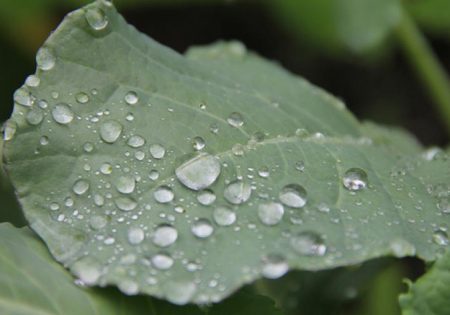 Many garden pests have chosen cabbage as a source of nutrition - the leaves of the culture are juicy, soft. In addition, insects have the ability to lay eggs in inaccessible places. For those who grow juicy heads of cabbage on their site, the problem of pest control is always quite acute, but not everyone wants to use chemicals, trying to find an alternative to them. Valerian is one of the simple and affordable, completely harmless means.
Many garden pests have chosen cabbage as a source of nutrition - the leaves of the culture are juicy, soft. In addition, insects have the ability to lay eggs in inaccessible places. For those who grow juicy heads of cabbage on their site, the problem of pest control is always quite acute, but not everyone wants to use chemicals, trying to find an alternative to them. Valerian is one of the simple and affordable, completely harmless means.
Content
Cabbage pests and periods of activity
The effectiveness of processing cabbage from pests depends not only on the means used, but also on the period of use, so you need to know when the insect is most vulnerable.
Aphid
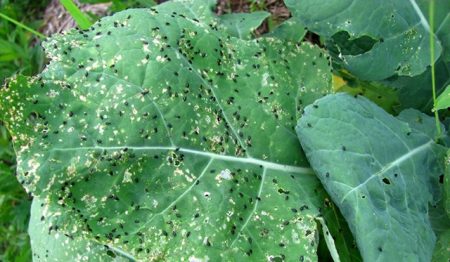
The aphid is a small but noticeable insect that populates the lower part of the tender leaf of the forming head of cabbage in May. She is moving from weeds and neighboring cruciferous crops. The greatest activity occurs in June, when the insect and larvae, eating the juice of the plant, deprive it of the substances necessary for the development, and in the last summer month - at this time laying of eggs wintering in the soil occurs.
Thrips
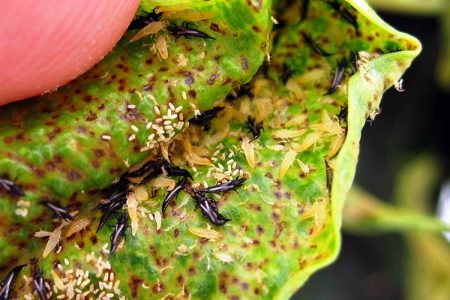
The insect invisible during visual inspection leaves noticeable marks - black dots of excrement. The cabbage leaf, losing the juices that the pest eats, becomes white, then brown and, in the end, dries up. The appearance of thrips is provoked by dry weather and a lack of moisture in the soil, so regular watering and wet soil will prevent their spread. If, nevertheless, infection has occurred, planting and soil should be treated every 2-3 weeks.
Crucifer bugs
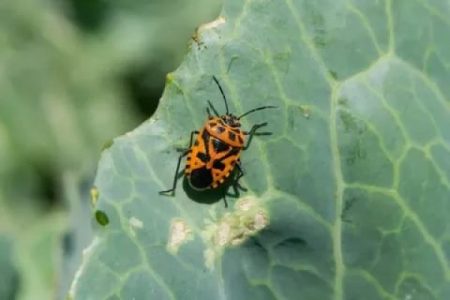
Brightly colored (spots of yellow, white, stripes and dashes are visible on a dark background) and a rather large insect feeds on the juice of the leaves, why they turn yellow, spots of marble tones appear, then dying off. The most dangerous larvae that can destroy the entire plant. For the winter period they leave in mid-late August. Adults can be collected manually, which is quite effective.
Planting between cabbage rows of plants with a specific odor that repels insects helps from any pests of the culture: tansy, calendula, garlic, lavender, peppermint, marigold, thyme, sage, hyssop. Flowering plants not only scare away insect pests, but also decorate the garden.
Cabbage fly
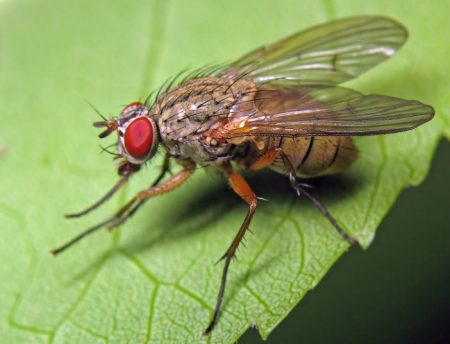
The end of spring is a period of a fly laying eggs in the soil next to a seedling. After a week, the larvae populate the lower part of the leaves and roots, as a result, the place of the colonies begins to rot. The plant becomes sluggish for no apparent reason, a lead hue appears on the leaf blades.
Cabbage Moth
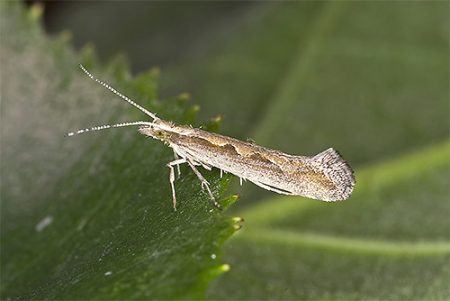
Cabbage moth is a small gray-brown butterfly, the life cycle is 1 month. In the northern regions it lays numerous colonies of eggs (up to 300) from the bottom of the leaf in early summer, in the southern regions in the middle of spring. Clumps of eggs can be seen in the light yellow color. Larvae appearing after three days eat up the entire leaf, eating around the clock. The next generation appears every 5-7 weeks - and so on all season.
Butterfly White
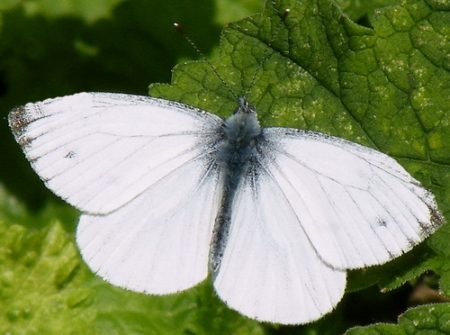
Light colors, a small butterfly is a species of moth, a distinctive feature is dark spots on the wings. Colonies of eggs are smaller in number than moths - about 100 eggs.Larvae-caterpillars appear in the light after 1-2 weeks, are very voracious, eat up all the soft part of the leaf.
Butterfly scoop
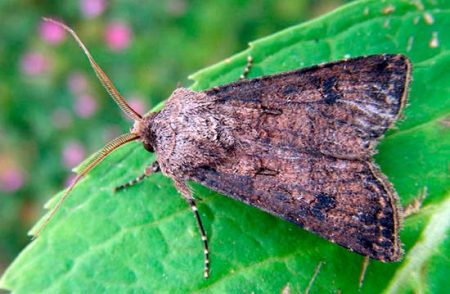
A small, nondescript butterfly (wings of light brown shades with broken light spots) spawns eggs (up to 2700) from May to mid-autumn. Clusters of eggs are clearly visible from the bottom of the leaf. Multi-colored coloration of the caterpillar feeds on the flesh of the leaf plate, eating large holes, thereby disrupting the plant’s nutritional process.
Cruciferous fleas
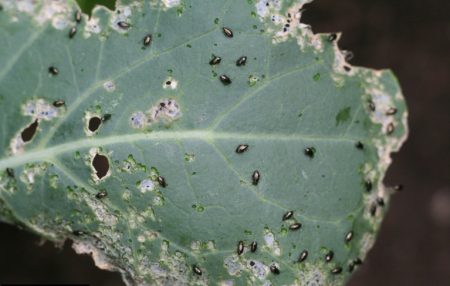
Small bugs are capable of destroying seedlings in a short time, since their resettlement occurs very quickly - the insect moves in jumps. It contributes to the spread of plant debris on the site.
Options for using valerian
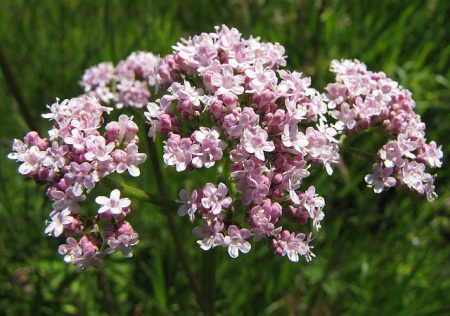
To notice the appearance of insect pests, a visual inspection of the leaves and head of cabbage should be carried out, since it is not always possible to see the arrival of butterflies. Having noticed the signs of the presence of insects, you need to immediately take measures to prevent their rapid reproduction.
Ways to use:
- Tincture of valerian and soap - in a 3-liter jar of water, dissolve the tincture of valerian (1 vial), add liquid soap (2 tbsp.) And spray all the plants, not just those that have noticed insects. Repeat the procedure after a few days. Soap is better to use household.
- A solution of valerian juice. To obtain juice, grind 1 kg of fresh valerian in a meat grinder, squeeze out the liquid and store (30 days) in a closed container in the refrigerator. Before use, mix 10 drops of juice in a solution of pesticides (10 l). To process plants and soil.
- Tobacco-valerian broth is prepared from fresh tobacco leaves (500 g), rhizomes and valerian roots (200 g) and 5 l of water when heated to 100 ° C (slow fire). Place the boiled broth in a dark place. After cooling and a short exposure, it can be used for spraying twice in 7 days.
Work with valerian should be carried out when it is dry and there is no wind. If traces of the drug washed away the rain, then repeat the treatment.
Reviews and Tips
Maria Sergeevna, Pskov
- I used valerian to repel insects, planting it around a bed of cabbage, but, it seems to me, there was no effect. That year it was very hot, there was little rain and there were more pests in the garden than usual, maybe that’s why it didn’t help. Now I use valerian in tincture - its simplest application. I spray the seedlings 1-2 weeks after planting and then several times over the entire season. Sometimes, but not always, I add soap to the solution.
Alexandra, Krasnodar
-We have hot weather, pests love such conditions and multiply at lightning speed. I practice shelter for planting cabbage, since my area is not very large, with light spanbond. On the edges I press it with bricks, pegs so as not to be blown away by the wind. Watering is convenient, since the material allows water to pass through, there is also enough light for plants, so cabbage gets everything you need. Spanbond is inexpensive, and the effect is tangible. I’m taking shelter after the heads of cabbage are already strong, dense and the pests are no longer afraid of them. And I always plant in the garden, not only near the cabbage, there are a lot of marigolds, mint, tansy - it's beautiful and there are fewer insects, but I also dry mint and tansy for the winter.

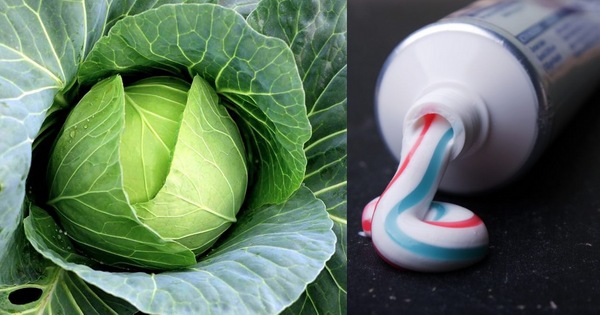
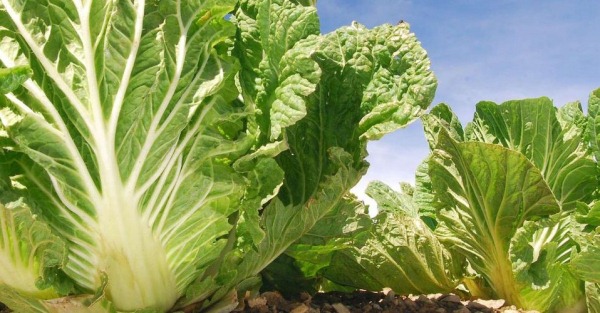
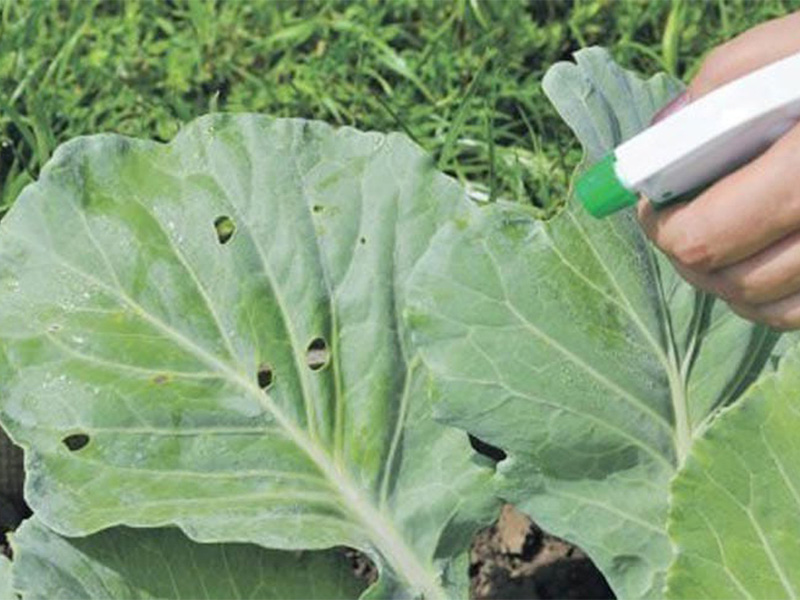
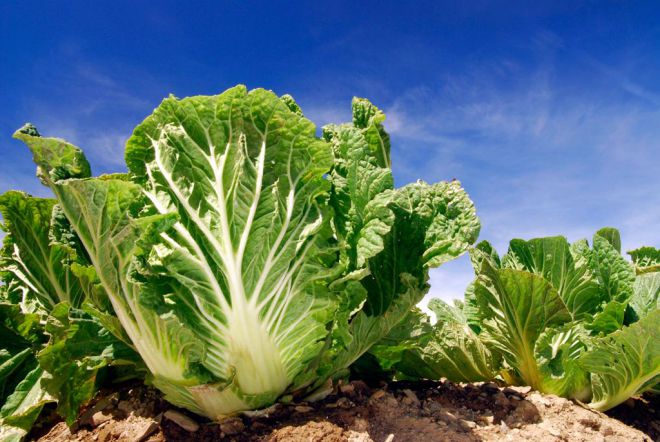 How to grow Chinese cabbage on your site?
How to grow Chinese cabbage on your site?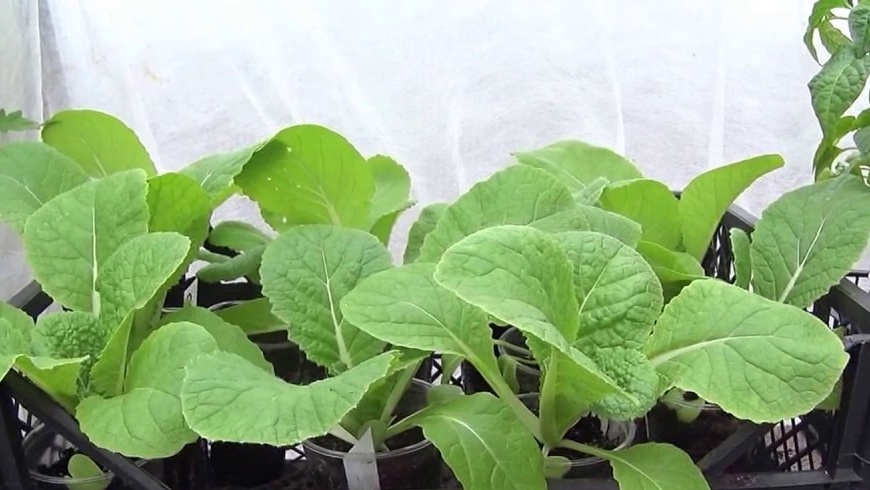 When to plant Chinese cabbage on seedlings in 2024
When to plant Chinese cabbage on seedlings in 2024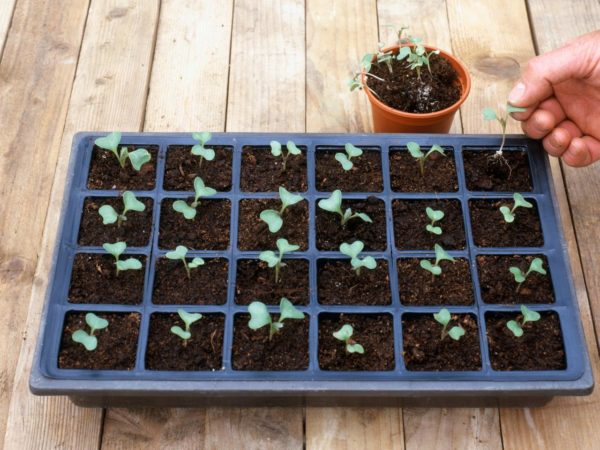 When to sow cabbage for seedlings in 2019 on the moon
When to sow cabbage for seedlings in 2019 on the moon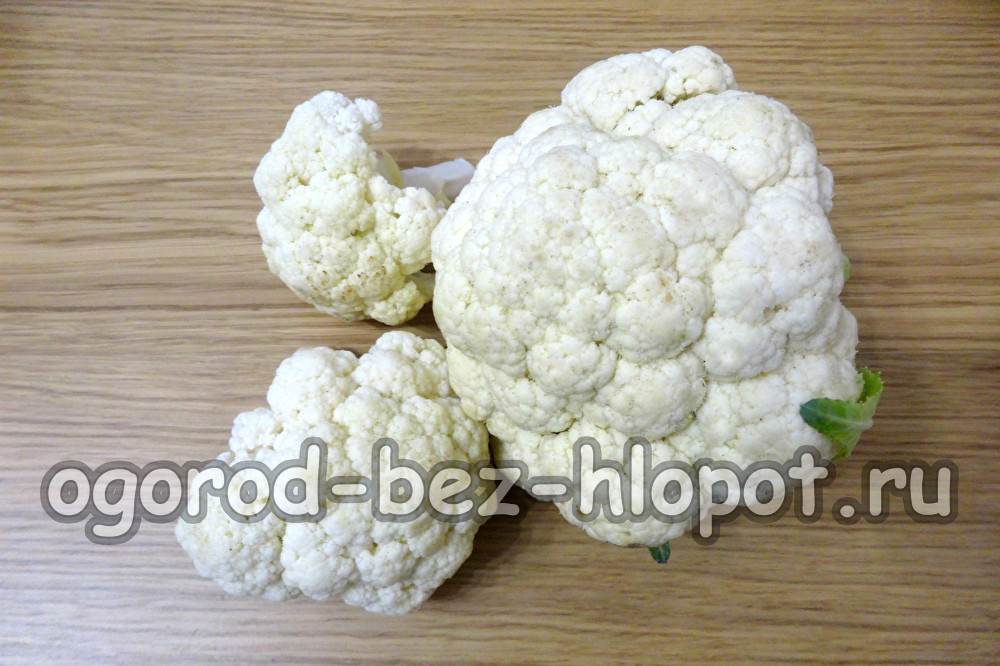 Cauliflower: how to grow large snow-white inflorescences
Cauliflower: how to grow large snow-white inflorescences